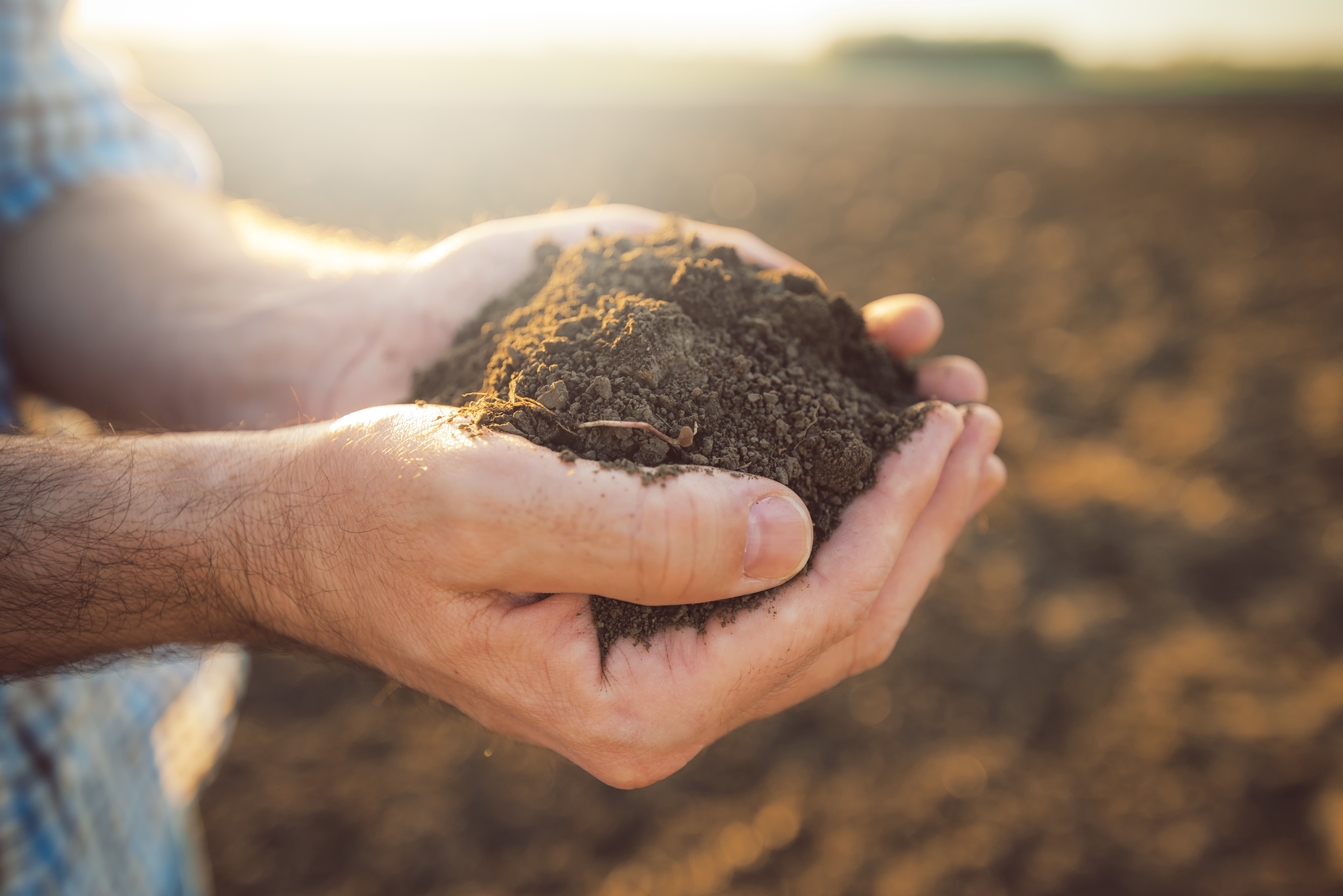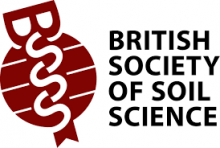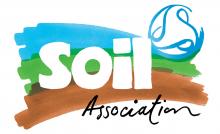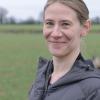Soil is an essential natural resource for all farmers. You can view a summary on the AHDB Knowledge Library from which much of the info in the soil topics on Farm-PEP has been taken.
There are lots of other resources and organisations that provide info and advice on soils including:
Tell us about any resources and initiatives that you find useful.









Discussion
Useful resources and fact sheets on soil quality from Australian perspective at www.soilquality.org.au
Lots of good resources, infographics and media at soillife.org